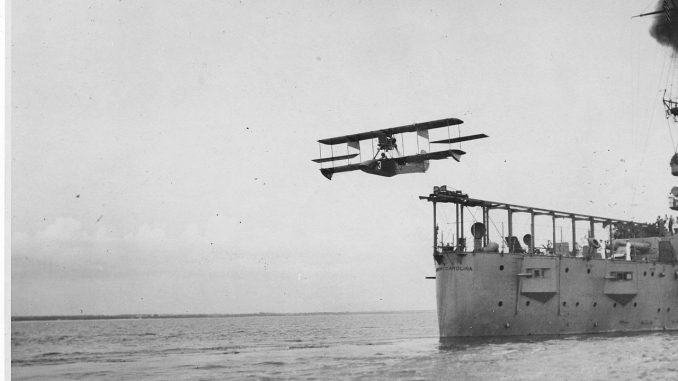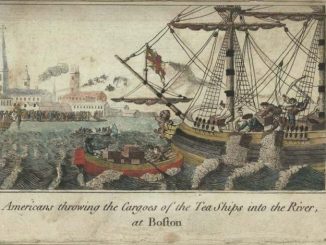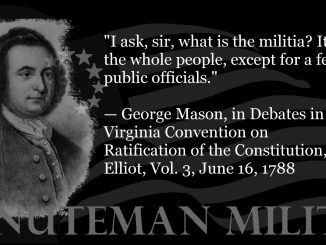
Despite numerous mechanical and navigational problems, the American fliers flew hundreds of missions for Pershing and gained important experience that would later benefit the pilots over the battlefields of Europe. However, during the 11-month mission, U.S. forces failed to capture the elusive revolutionary, and Mexican resentment over U.S. intrusion into their territory led to a diplomatic crisis.
The aggressive U.S. pursuit of Villa and the popular support Villa enjoyed in Mexico had led Germany’s foreign minister, Arthur Zimmermann, to think Mexico might welcome the opportunity to launch a full-scale invasion of Texas. This thought led directly to the famous Zimmermann Telegram, a secret message sent by Zimmermann in January 1917 to the German ambassador to Mexico proposing a Mexican-German alliance in the case of war between the United States and Germany and promising Mexico financial aid and territory—including Texas, New Mexico and Arizona—in return for its support.
In late January 1917, with President Wilson under pressure from the Mexican government and more concerned with the war overseas than with bringing Villa to justice, the Americans were ordered home from Mexico. The Zimmermann Telegram, intercepted and decoded by British intelligence, reached the U.S. government in February; Wilson authorized the State Department to publish it in early March. Americans were outraged, and public sentiment began to move ever closer to support of U.S entrance into World War I on the side of the Allies. Furthermore, Villa’s aggression in the Southwest had aroused safety fears among the region’s inhabitants, leading many Western states to support defense bills that would become necessary to support the U.S. war effort, which Congress formally declared on April 6, 1917.
For his part, Villa continued his guerrilla activities in northern Mexico until Adolfo de la Huerta took power over the Mexican government and drafted a reformist constitution. Villa entered into an amicable agreement with Huerta and agreed to retire from politics. In 1920, the Mexican government pardoned Villa. Three years later, still a symbol of popular resistance against governmental repression, he was killed at his ranch in Parral by an unknown assailant.







Be the first to comment